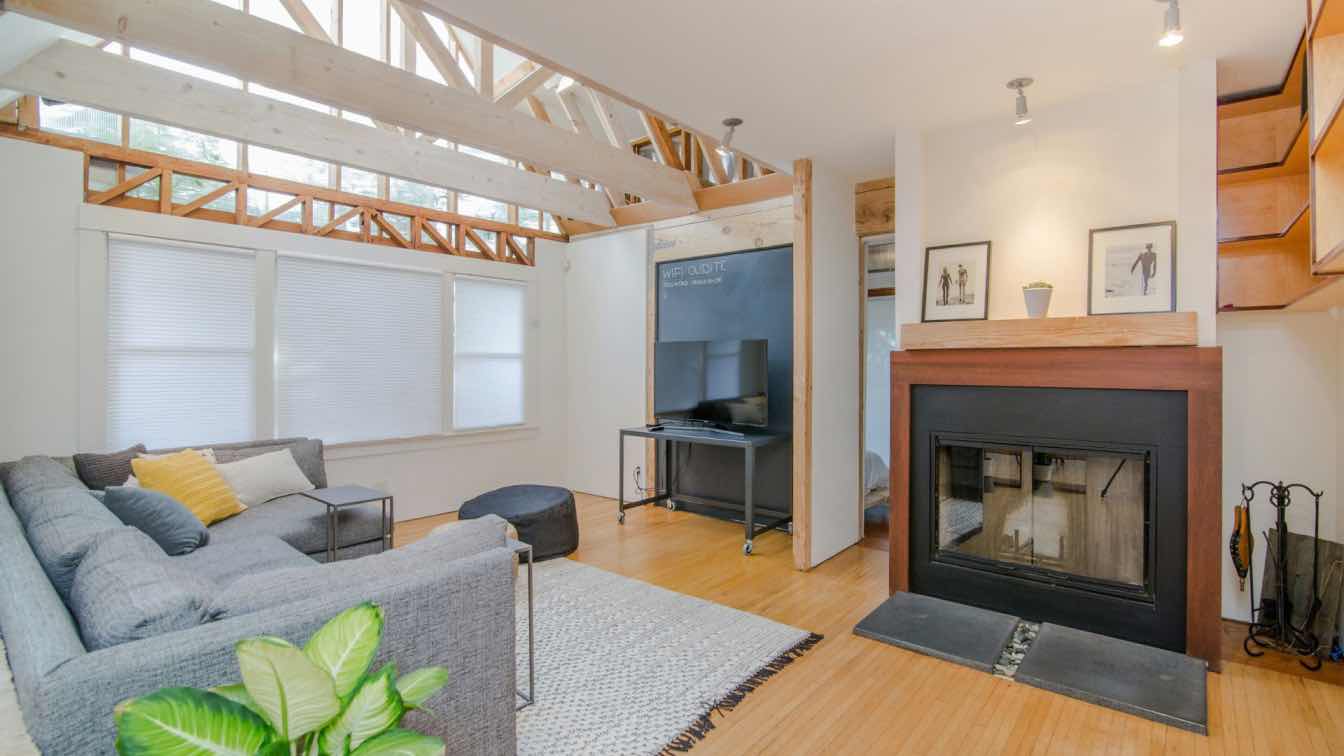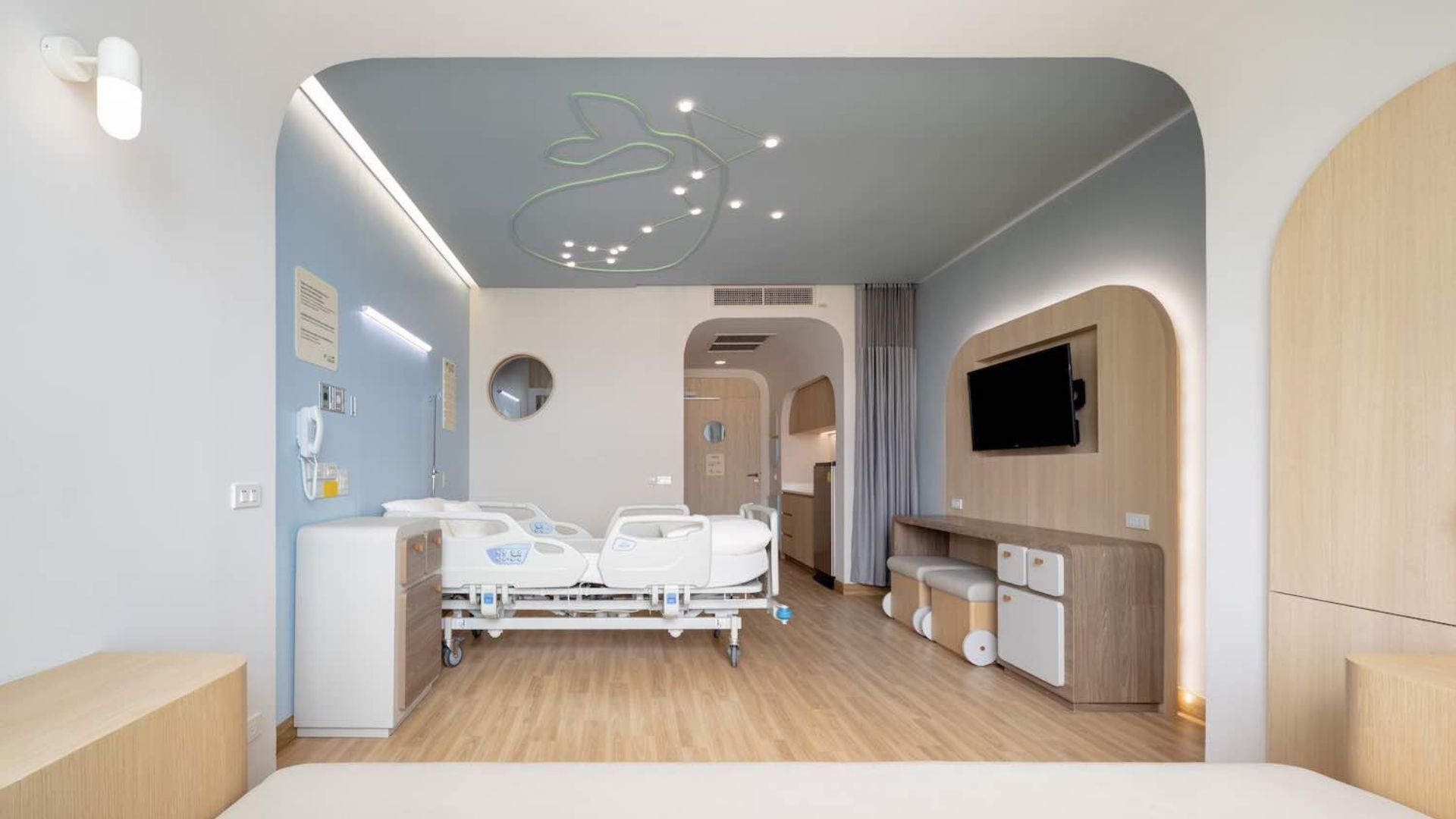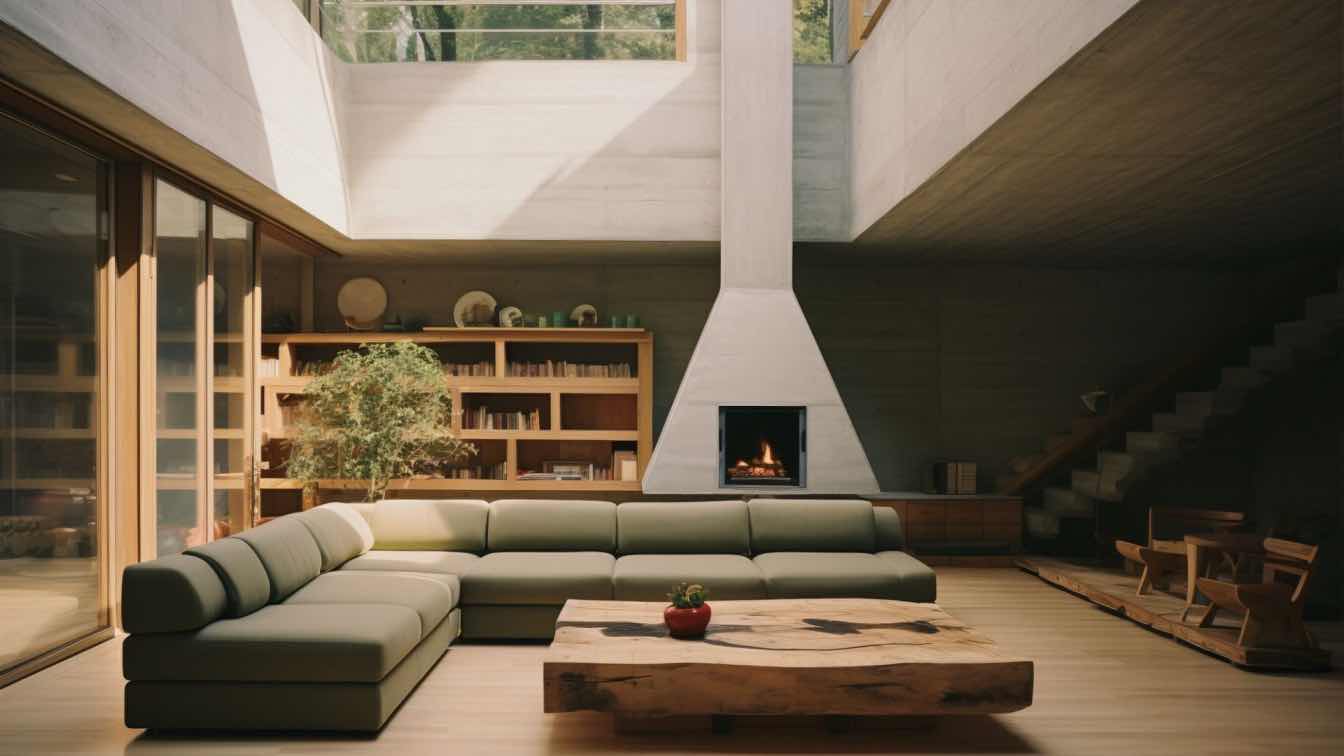Regardless of our home's size, we aim to make it feel as spacious as possible. This is essential for smaller spaces with unique layouts and limited natural light. Bright, airy environments are more inviting and can help reduce feelings of confinement, making them a worthwhile target. However, common interior design errors might prevent your home from achieving its full, spacious potential, resulting in cramped and often overwhelming spaces. Here are five mistakes to avoid when styling your home, along with tips on how to fix them.
Oversized or Undersized Furniture
Nothing jeopardizes your interior design more than buying furniture without considering the correct sizes for your space. Overlooking classic proportions and making design errors happen more often than you might think.
To fix this, scale and proportions are crucial in space planning and interior design. Measure your space thoroughly first, then determine the appropriate size and proportions of furniture in relation to the surrounding area. Besides measuring the entire room, pay attention to the distances between doors and windows to avoid purchasing furniture that’s too small or too large for your space. Kasala offers the best furniture sizes to outfit your space perfectly.
Wrong Rug Size
Following the previous discussion on the importance of scale and proportions, another common error involves choosing rugs of the wrong size. Rugs have the power to add character to a room. In living rooms, for instance, the size of a rug can define the area where conversations occur. If the rug is too small, it makes the space feel uninviting. If the rug is too large, it creates a feeling of incoherence or even overwhelms the room.
For the solution, a living room rug should bring the seating area together, making all pieces of furniture look like a coordinated unit. Standard rug sizes for living rooms usually range from 8-by-10 feet to 9-by-12 feet, depending on the room's size.
Smaller rugs, such as those 4-by-6 feet, are more appropriate for smaller areas like entryways or in front of a bedroom vanity. Correctly placing furniture is essential: for pieces against the wall, the front two legs should be on the rug, while furniture located in the center of a large room should be entirely on the rug.
Nothing Is in Proportion
Misjudging scale's a common error, as it can be quite challenging to get right! Planning your space is not as straightforward as "small space = small items" or "bigger is better." Incorrect scaling can disrupt the entire flow of a room.
Most designers use the 'golden ratio' for furniture arrangement, maintaining a 2:3 ratio when organizing a space. Essentially, this means visually dividing the area into thirds. For example, a buffet should be about two-thirds the room's length.
Wimpy Curtains
Curtains serve multiple functions in a room beyond just providing privacy. They introduce softness to the space, create the illusion of taller ceilings, add color and pattern, and help cover wall areas. The importance of great drapery should not be underestimated. However, many people make a common mistake: hanging the hardware too low and using panels that aren't wide enough for the windows.
In most rooms, we suggest installing curtain hardware below the crown molding. The exception to this rule is when you have exceptionally tall ceilings; in such cases, position the hardware between 8 and 18 inches above the top of your window.
Place the hardware brackets much wider than the window itself, ideally 6-8 inches from the outer edge of the window mullions. This allows you to pull the panels completely back, so they don't obstruct the windows, letting natural light flood into the room.
No Focal Point
An unorganized or chaotic layout can make even spacious rooms feel excessively cluttered. Instead, thoughtfully decide not just on how much furniture you need, but also on how it influences the room's flow.
Identify anchor points to structure your room's layout around. Traditionally, this might include features like a fireplace or a window. However, modern homes offer more flexibility, allowing for creative choices. Once you've established these focal points, you can arrange your furniture and decor around them accordingly.
Endnote
Understanding common interior design mistakes and their solutions can help you avoid these pitfalls in your own home. By carefully planning and considering your design choices, you can craft a beautiful, comfortable space that reflects your style.





